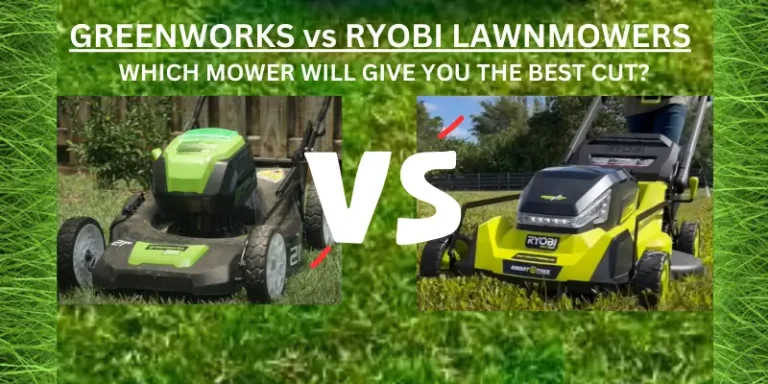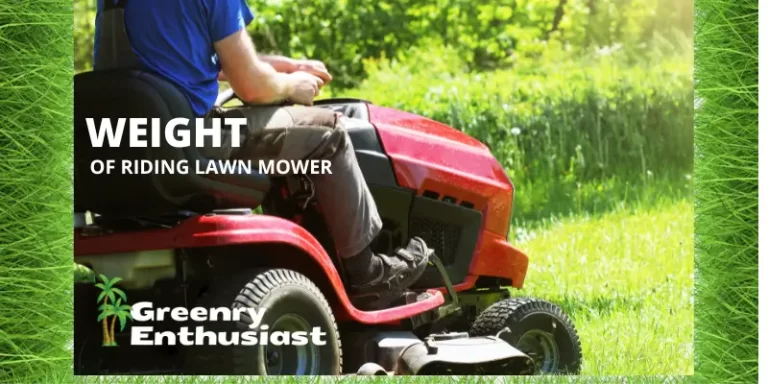Upgrade Your Lawn: The Easy Guide to Microclover Lawns
Tired of high-maintenance lawns? Looking for a greener, more sustainable alternative? Traditional grass lawns are known for their beauty, but they often come with significant drawbacks. High maintenance, frequent watering, and the need for chemical fertilizers can make them less appealing.
Microclover lawns present a fantastic alternative, offering a low-maintenance and eco-friendly solution. This guide will introduce you to the benefits of microclover, how to get started, and whether it’s the right choice for your yard.
What is Microclover?
Microclover is a dwarf variety of white clover that integrates seamlessly with traditional turfgrass. It’s a popular choice for those looking to reduce lawn maintenance without sacrificing the lush green appearance.
Benefits of Microclover
Microclover is known for its many advantages over traditional grass lawns. Firstly, it’s a low-growing plant that blends well with various types of turfgrass, creating a uniform and attractive lawn. One of the most appealing benefits is that it requires significantly less mowing, making it a favorite for busy homeowners.
Additionally, microclover is naturally drought-tolerant, which means it can thrive with less water than traditional lawns. This characteristic is particularly beneficial in areas prone to water restrictions or drought conditions. Moreover, microclover has the unique ability to fix nitrogen in the soil, improving soil health and reducing the need for chemical fertilizers. Its dense growth habit can also help crowd out weeds, reducing the need for herbicides.
Getting Started with a Microclover Lawn
Planting Microclover
Starting a microclover lawn is straightforward. You have two main seeding options: using a seed mix that combines microclover with other turfgrass varieties or overseeding an existing lawn with microclover seeds. The ideal planting times are in spring or fall when temperatures are moderate, and rainfall is more predictable.
Before planting, it’s important to prepare the soil properly. This may involve tilling the soil and adding compost or other organic matter to enhance soil quality. Once the soil is ready, spread the seeds evenly and lightly rake them into the soil to ensure good seed-to-soil contact.
Care and Maintenance
One of the biggest advantages of microclover lawns is their low maintenance requirements. Microclover tolerates lower mowing heights, so you can mow it less frequently than a traditional grass lawn. Typically, mowing once every two to three weeks is sufficient.
In terms of watering, microclover generally needs less water than conventional grass. During the establishment phase, keep the soil consistently moist. Once established, microclover can often survive on rainfall alone, though occasional watering during prolonged dry spells can help maintain its lush appearance.
Microclover vs. Traditional Lawns
Comparison Table
| Feature | Microclover Lawn | Traditional Grass Lawn |
| Maintenance | Low | High |
| Water Needs | Low | High |
| Cost | Lower in long-term | Higher due to upkeep |
| Fertilizer Needs | Minimal | Frequent |
| Weed Control | Often self-sufficient | Regularly required |
| Aesthetics | Subtle clover flowers | Grass only |
Microclover lawns are not only practical but also visually appealing. The subtle white flowers that microclover produces can add a charming touch to your yard, providing a natural and attractive look.
Is a Microclover Lawn Right for You?
When considering whether a microclover lawn is right for you, there are several factors to keep in mind. Microclover thrives in well-drained soil and can adapt to various soil types, but it may not perform as well in heavily compacted or poorly drained areas. The appearance of your lawn is another consideration. While some people love the look of microclover’s small flowers, others may prefer the uniform appearance of traditional grass.
It’s also important to note that microclover lawns may not be ideal for high-traffic areas. While microclover is durable, it can wear down under constant foot traffic, making it better suited for residential lawns with moderate use.
Frequently Asked Questions (FAQs)
What is microclover and how is it different from regular clover?
Microclover is a type of clover that is smaller in size than regular clover. It is specifically bred to be a low-growing, fine-leaved variety that blends well with grass in lawns.
How do you grow microclover in your lawn?
To grow microclover in your lawn, you can sow microclover seeds either as a new lawn or by overseeding your existing lawn. Make sure to follow proper seeding instructions and give it the right conditions to germinate and establish.
What are the advantages of having a microclover lawn?
Some pros of having a microclover lawn include its drought tolerance, lower maintenance requirements, ability to stay green in dry conditions, and its nitrogen-fixing properties that benefit the surrounding grass.
Can you mix microclover seeds with grass seeds to create a blended lawn?
Yes, you can create a blended lawn by mixing microclover seeds with grass seeds. This combination can result in a lawn that is both durable and drought-tolerant.
Is microclover tolerant of foot traffic?
Microclover is generally tolerant of light foot traffic, making it a suitable option for lawns that see some activity.
How much sunlight does microclover need to grow well?
Microclover needs at least 4 to 6 hours of sunlight per day to grow well and thrive in your lawn.
What are the potential drawbacks of having a microclover lawn?
Some cons of having a microclover lawn include the possibility of it going dormant in the winter, potential difficulty in killing microclover if you decide to get rid of it, and the need for proper maintenance to keep it healthy.
Conclusion
Microclover lawns offer numerous benefits, from low maintenance to environmental sustainability. They require less water, reduce the need for chemical fertilizers, and provide a beautiful, lush green lawn with minimal effort. If you’re looking to make your lawn care routine easier and more eco-friendly, microclover is an excellent choice.
For those interested in transitioning to a microclover lawn, many resources are available to help you find quality microclover seed. Give microclover a try and enjoy a more sustainable and attractive lawn!
External Resources
What Is Micro Clover? Reasons to Grow It in Your Lawn

About Naveed A Hashmi
In my childhood, I used to see my parents while working in the land, for these reasons today I have been serving the same as our own tradition and culture. I thus love to stay in it, because I want to learn something advanced and new so that I may improve my farm’s contour and help others with my experience.







